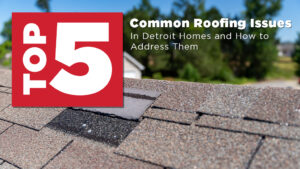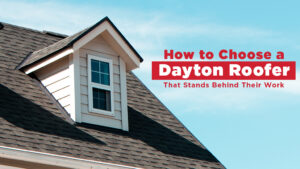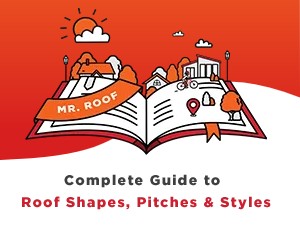The perfect home is comprised of various parts. Many of those factors will differ from property to property, but a great roof is essential for every home. After all, this is a key element for keeping your family and assets sheltered. However, that constant exposure to the elements can put a strain on your roof, climate conditions are often the biggest threat to a roof’s health. As a responsible homeowner, knowing how the weather can affect your roof is key to keeping it in great shape. Meanwhile, the information can also impact your future investment decisions too.
Geography can play a key role in this aspect of home maintenance. Let’s face it; some locations will be more vulnerable to certain factors than others. Here are the elements that residents of Michigan, Tennessee, Ohio, Kentucky and North Carolina should look out for.
Heat 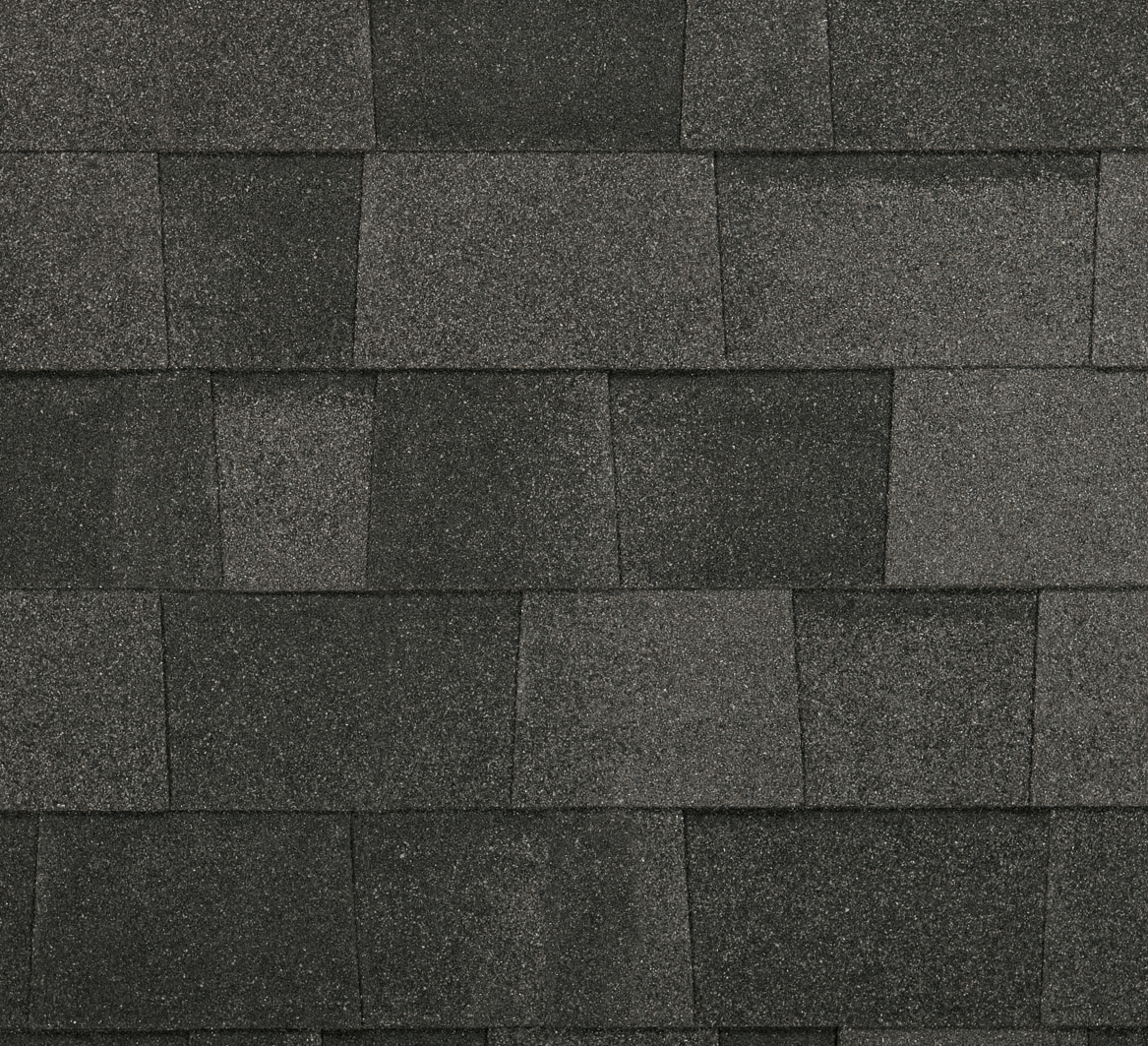
It’s only natural to think about adverse weather conditions. In truth, though, the summer weather can be just as dangerous to your home’s roofing solutions as winter weather or spring storms. Unfortunately, they’re the factors that are most likely to escape your attention.
Excessive heat can make certain materials swell. Those expansions can cause immediate damage, as well as further problems when they start to shrink. Meanwhile, shingles and supporting structures can become vulnerable too. Brittleness and displacement aren’t uncommon outcomes. Worst of all, it’s quite likely that the issue won’t be noticed until it’s too late.
Consequently, ensuring that your roof has ample ventilation is crucial. This is particularly true if your home is fitted with double glazing and other insulating properties. You don’t want to sacrifice insulation. But too much heat is very damaging to the roof, and the property in general.
Rain
As far as adverse weather is concerned, rain is probably the most regular element. Therefore, it’s one that you cannot afford to ignore for a second.
Even the smallest hole or crack in the roof can allow water to pass through and wreak havoc on your home. Left untreated, a minor problem can escalate into a major issue. Sadly, you might not even notice the damage until the attic is in need of serious repair. 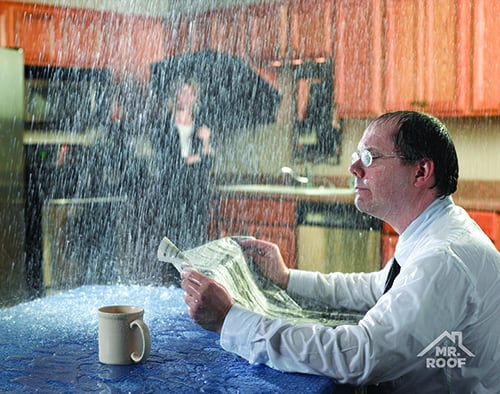
Quick detection is vital. It’s always worth checking to see that rain is running off the building as you’d expect. Meanwhile, it doesn’t hurt to go up in the attic during heavy rainfall just to be sure. After all, it’s always better to be safe than sorry. Spotting the problem early could save you thousands.
Wind
Being caught in the wind is frustrating. But we don’t tend to think of it as a damaging element; unless it’s a severe situation like a hurricane. However, strong winds can cause serious harm to the building. And your roof is the most likely victim.
Strong winds can potentially move panels and roof tiles. Those items don’t need to be thrown to the ground to affect the roof’s properties. Even the slightest move can essentially leave your home exposed to the elements. And that can lead to major damage once rain arrives. Even chimneys and other sturdy items could be at danger from these problems. Being vigilant is vital.
Damage caused by the wind doesn’t necessarily stop there, either. This is especially true if you have trees that overhang near the building. When winds force trees to rub against the roof, the abrasion can be very harmful indeed. Lastly, you need to look out for damage caused to guttering by blowing debris. Again, the immediate impact might not be overly noticeable. Over time, though, the negative effects can be huge.
Snow
Snow is one of the strangest weather types known to man. On one hand, we love it. On the other, it’s the worst thing we’ll ever come across. It can cause major disruptions to your roofing solutions.
If you’re unlucky, snow can bring the worst elements of wind and rain. Meanwhile, the added weight can cause even worse damage if the roof isn’t properly protected. The last thing anyone needs is to have a part of the roof or guttering collapse under the added weight. Choosing materials and designs that naturally reduce the risks is the ideal solution. Alternatively, you must be sure that you remove collected snow at the earliest opportunity.
Similarly, ice can clog gutters and cause damage to the roof. Worse still, damage to eaves and other delicate areas can be accelerated by the moisture, which can lead to major problems. But as long as you treat the roof with care, you should be just fine.
Remember if you have any questions about roofing, gutters, masonry, or siding you can contact us here.






